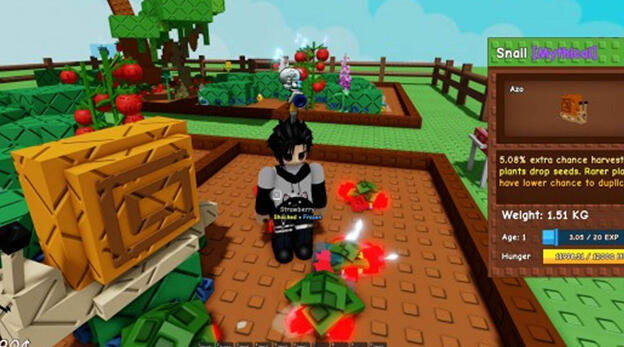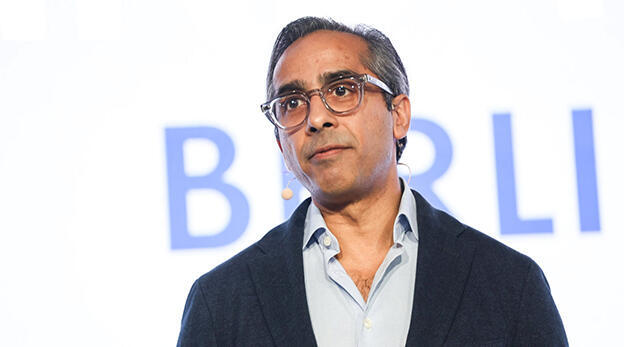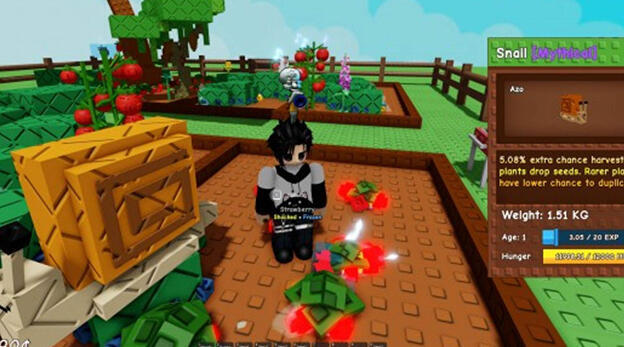
Grow a Garden: How a teenager’s Roblox game became the world’s most popular title
Inside the record-breaking rise, and underground economy, of Grow a Garden.
Looking for a little escapism on stormy days? You might find it in Grow a Garden, a modest gardening simulator on the Roblox platform that, in just a few months, has gone from being the creation of a 16-year-old to the world’s most popular computer game, breaking records and shaking up the gaming industry.
Grow a Garden is a farming simulation game where players start with a small plot of land and a basic budget. Players plant vegetables, harvest crops, sell produce, and reinvest their profits to expand their garden and purchase advanced equipment, animals, and seeds. The game revolves around slow, incremental progression, with each crop potentially evolving into a rarer and more valuable version through “mutations.” Alongside tending their garden, players complete daily quests and participate in seasonal events that add variety and challenge to the farming routine.
Despite its slow, and sometimes monotonous, pace, the game has gained immense popularity: as of June 2025, it reportedly has an average of 2 million active players at any given time, with more than 10 billion total visits. On June 21, 2025, the game hit an astonishing record of 21.3 million concurrent players, surpassing not only Fortnite but every other computer game in history. Just a week earlier, the previous record of 16.4 million was also broken by Grow a Garden.
These incredible figures make Grow a Garden the game with the highest concurrent player count ever recorded, even beating Steam’s top titles. Considering the game launched on Roblox only in March 2025, its success is widely seen as unprecedented.
A Virtual Black Market
The first version of Grow a Garden was built in just a few days by an anonymous 16-year-old, who goes by the username BMWLux on Roblox. The game’s enormous potential soon caught the eye of Janzen Madsen, founder of Splitting Point Studios and a veteran developer in the Roblox community. Madsen acquired partial rights to the game, joined its development, and expanded the team. Later, Florida-based Do Big Studios came on board as a development and distribution partner.
The original creator is estimated to still own about half of the game. Meanwhile, the expanded team behind Grow a Garden is reaping enormous profits: in May 2025 alone, the game generated $12 million in revenue from the sale of virtual items, including seeds, upgrades, and rare animals, all purchased using Robux, Roblox’s virtual currency.
Beyond its official revenue, Grow a Garden has given rise to a thriving underground economy: an unregulated market where players buy and sell rare in-game items, such as pets or special fruits, for real money. This “virtual black market” operates outside the Roblox platform, violating its rules.
Players use Discord groups and dedicated websites to carry out transactions. Some deploy bots and automated scripts to “farm” huge quantities of rare items, essentially simulating industrial-scale virtual farming.
This creates massive inventories of coveted goods, which are sold commercially. Prices range from a few cents for common items to hundreds of dollars for rare seeds or animals, for example, a polar bear pet can sell for more than $200. It’s estimated that millions of dollars change hands in this underground market every week. Roblox tries to ban accounts and scripts that violate its terms of service, but the decentralized nature of these transactions and the high demand make complete enforcement nearly impossible.
A Creative Platform
Over the past decade, Roblox has evolved from a simple kids’ gaming app into a powerful technological and economic platform, empowering anyone, from a 10-year-old hobbyist to an independent studio, to build, launch, and profit from their own games and virtual worlds. Roblox itself doesn’t develop the games on its platform; instead, it provides the infrastructure, Roblox Studio, while an independent community of creators produces nearly all the content.
Today, the platform boasts more than 15 million active developers, and thousands of games generate monthly revenues in the tens or even hundreds of thousands of dollars. Roblox takes a commission on transactions made with Robux and leaves the remaining profits to the creators.
The broader gaming community has found it impossible to ignore Grow a Garden’s meteoric success, with reactions ranging from admiration to skepticism. Veteran Roblox developers acknowledge the impressive numbers but wonder if it’s just a passing fad. Many players describe the gameplay as slow, repetitive, and sometimes monotonous, while others praise its simplicity and the quiet satisfaction of watching a garden steadily grow.
FarmVille for Generation Alpha
To many in the gaming industry, Grow a Garden is nothing less than the FarmVille of Generation Alpha. Both games are farming simulators with a slow pace, gradual progression, and a mix of patience and microtransactions, but the similarities mostly end there.
While FarmVille operated within Facebook and used the social network as its distribution engine, Grow a Garden is native to Roblox, an open ecosystem where every player is both a consumer and a potential creator.
Unlike FarmVille, which targeted casual adult players with its monetization model, Grow a Garden appeals to a younger, more tech-savvy audience and exists within a platform where the economy is deeply woven into the gaming experience. If FarmVille marked the rise of social browser games, Grow a Garden marks the next stage: decentralized virtual economies, independent digital creation, and an active player community that shapes the boundaries of the game, and sometimes the boundaries of the law.














